Discover 11 hidden attractions, cool sights, and unusual things to do in Coniston (United Kingdom). Don't miss out on these must-see attractions: Brantwood, Wallowbarrow Crag, and Ruskin Museum. Also, be sure to include Brown Pike in your itinerary.
Below, you can find the list of the most amazing places you should visit in Coniston (England).
Table of Contents
Brantwood
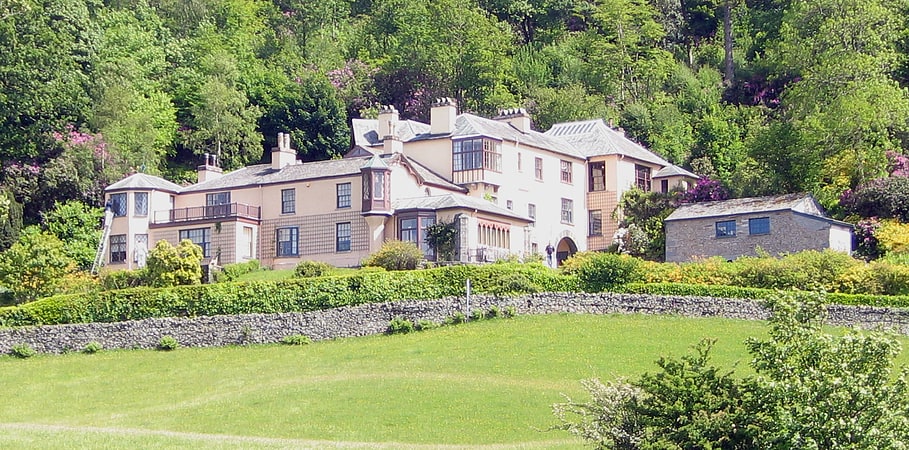
Museum in England. Brantwood is a historic house museum in Cumbria, England, overlooking Coniston Water. It has been the home of a number of prominent people. The house and grounds are administered by a charitable trust, the house being a museum dedicated to John Ruskin, one of its final owners. Brantwood is recorded in the National Heritage List for England as a designated Grade II* listed building, and buildings in the grounds are also listed.[1]
Address: Brantwood Brantwood East of Lake, LA21 8AD Coniston
Wallowbarrow Crag
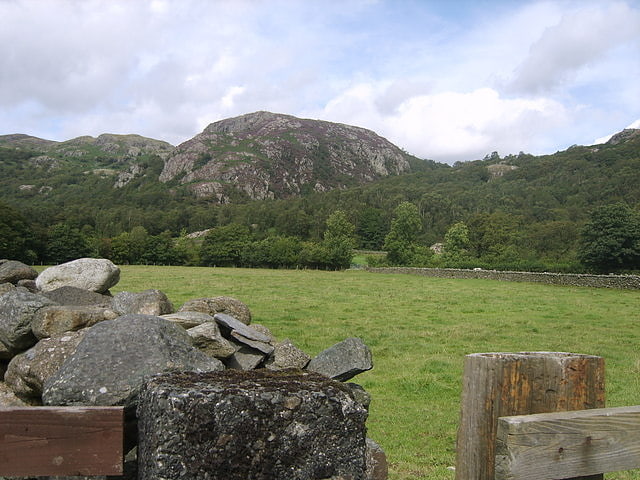
Wallowbarrow Crag is a hill of 292 metres in the Lake District, England. It is on the west of the Duddon Valley, across the valley from the village of Seathwaite.
Wallowbarrow Crag is a Fellranger, being included in Mark Richards' The Old Man of Coniston, Swirl How, Wetherlam and the South as one of the 18 (now 21) of his 227 (230 with the extension of the national park) summits which are not in Alfred Wainwright's list of 214. It is also classified as a Tump. It is a recognised site for rock climbing.[2]
Ruskin Museum
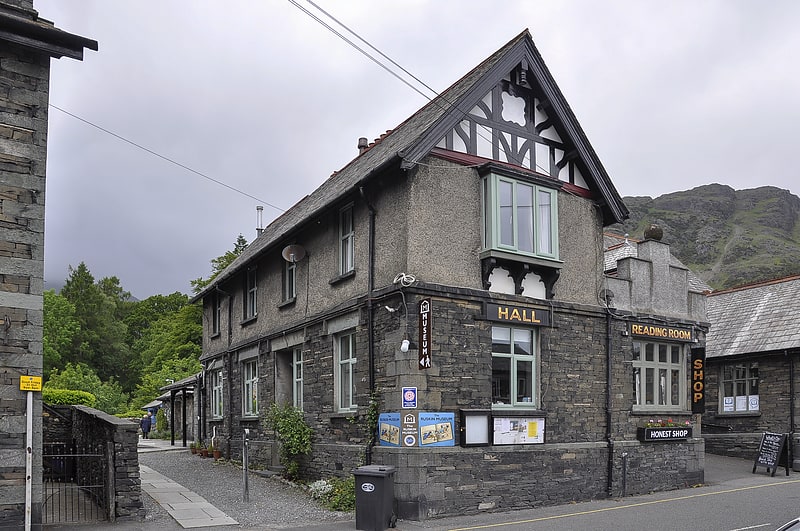
Museum in Coniston, England. The Ruskin Museum is a small local museum in Coniston, Cumbria, northern England.
It was established in 1901 by W. G. Collingwood, an artist and antiquarian who had worked as secretary to art critic John Ruskin. The museum is both a memorial to Ruskin and a local museum covering the history and heritage of Coniston Water and the Lake District.
The museum is a registered charity in England & Wales, constituted as The Coniston Institute and Ruskin Museum.[3]
Address: Yewdale Rd., LA21 8DU Coniston
Brown Pike
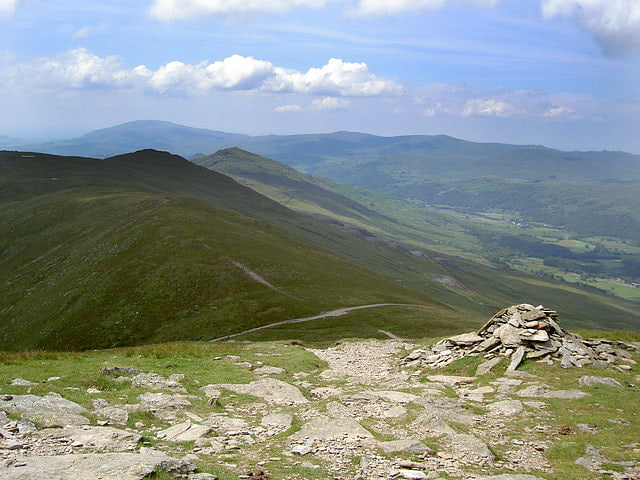
Fell in England. Brown Pike is a fell located in the Lake District National Park in Cumbria, England. Brown Pike is near the village of Coniston, and is most commonly approached from there with walkers often continuing onto Buck Pike, Dow Crag and the Old Man of Coniston. There are two main ways to summit, the first being via a path on the south-western side of the mountain marked on Ordnance Survey maps. The second route involves a narrow path along the south slope of the mountain; this route involves some scrambling.[4]
Old Man of Coniston

Mountain in England. The Old Man of Coniston is a fell in the Furness Fells in the Cumbria, English Lake District and is the highest point of the historic county of Lancashire. It is at least 2,632.62 feet high, and lies to the west of the village of Coniston and the lake, Coniston Water. The fell is sometimes known by the alternative name of Coniston Old Man, or simply The Old Man. The mountain is popular with tourists and fell-walkers with a number of well-marked paths to the summit. The mountain has also seen extensive copper and slate mining activity for eight hundred years, and the remains of abandoned mines and spoil tips are a significant feature of the north-east slopes.[5]
Birks Bridge
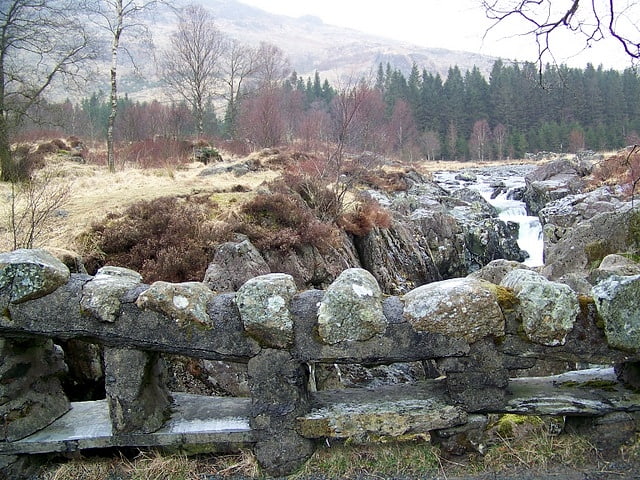
Bridge in England. Birks Bridge is a traditional stone-built bridge over the River Duddon in the English Lake District, in Dunnerdale-with-Seathwaite, Cumbria, standing at Grid Reference SD239995.[6]
Top o'Selside
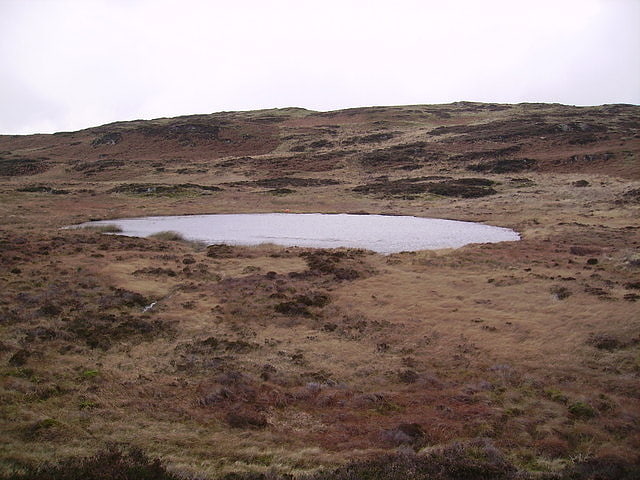
Top o'Selside is a hill in the Lake District in Cumbria, England. At 335 metres, it is the highest point of the group of hills situated between Coniston Water and Windermere. This group also includes the Wainwright of Black Fell and the summits of Black Brows and Rusland Heights. Top o'Selside lies not in the centre of this region, but in the south-western corner, just outside the forestry plantations of Grizedale Forest and only two-thirds of a mile from the eastern shore of Coniston Water. This large separation from any higher ground gives it enough relative height to make it a Marilyn.[7]
Swirl How

Fell in England. Swirl How is a fell in the English Lake District. It stands between Coniston and the Duddon Valley in the southern part of the District. It rivals the Old Man of Coniston as the highest point within the traditional County Palatine of Lancashire.
The Coniston (or Furness) Fells form the watershed between Coniston Water and the Duddon valley to the west. The range begins at Wrynose Pass and runs south for around 10 miles before petering out at Broughton in Furness on the Duddon Estuary. Alfred Wainwright in his influential Pictorial Guide to the Lakeland Fells took only the northern half of the range as Lakeland proper, consigning the lower fells to the south to a supplementary work The Outlying Fells of Lakeland. Swirl How being a significant high point of the Coniston Fells therefore qualifies as one of the 214 Wainwrights. Later guidebook writers have chosen to include the whole range in their main volumes.[8]
Coniston Hall

Building. Coniston Hall is a former house on the west bank of Coniston Water in the English Lake District. It is recorded in the National Heritage List for England as a designated Grade II* listed building.
The house dates from the late 16th century, or possibly earlier. It is built in stone rubble with a slate roof. Part of it is now ruined, part is used as a farmhouse, and another part is used by a sailing club.
The hall is owned by the National Trust, but is not open to the public. A privy about 13 metres (43 ft) to the south of the hall is listed at Grade II.[9]
Dunnerdale-with-Seathwaite

English civil parish. Dunnerdale-with-Seathwaite is a former civil parish in the South Lakeland district of the English county of Cumbria. It includes the village of Seathwaite and the hamlets of Cockley Beck, Hall Dunnerdale and Hoses, and is located 6.2 miles north of Broughton in Furness, 34.0 miles west of Kendal and 57.3 miles south of Carlisle. In the 2001 census the parish had a population of 129, decreasing at the 2011 census to 119. Since 1976 the parish has been governed by Duddon Parish Council.[10]
Steam Yacht Gondola
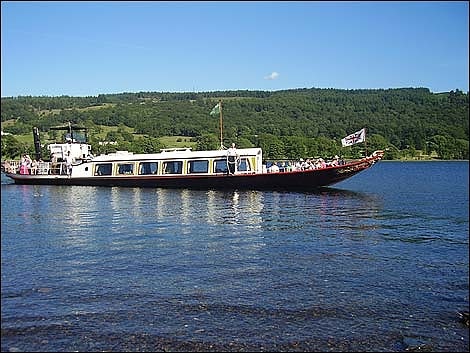
Vessel. The steam yacht Gondola is a rebuilt Victorian, screw-propelled, steam-powered passenger vessel on Coniston Water, England. Originally launched in 1859, she was built for the steamer service carrying passengers from the Furness Railway and from the Coniston Railway. She was in commercial service until 1936 when she was retired, being converted to a houseboat in 1946. In 1979, by now derelict, she was given a new hull, engine, boiler and most of the superstructure. She is back in service as a passenger boat, still powered by steam and now operated by the National Trust.
Gondola is one of the inspirations for Captain Flint's houseboat in Arthur Ransome's book Swallows and Amazons. In Coniston's Ruskin Museum there is a black and white post card of Gondola that Ransome sent to his illustrator, with changes to the outline in ink to show how he wanted the houseboat to look.[11]
Address: Coniston Pier, Lake Road, LA21 8EW Coniston